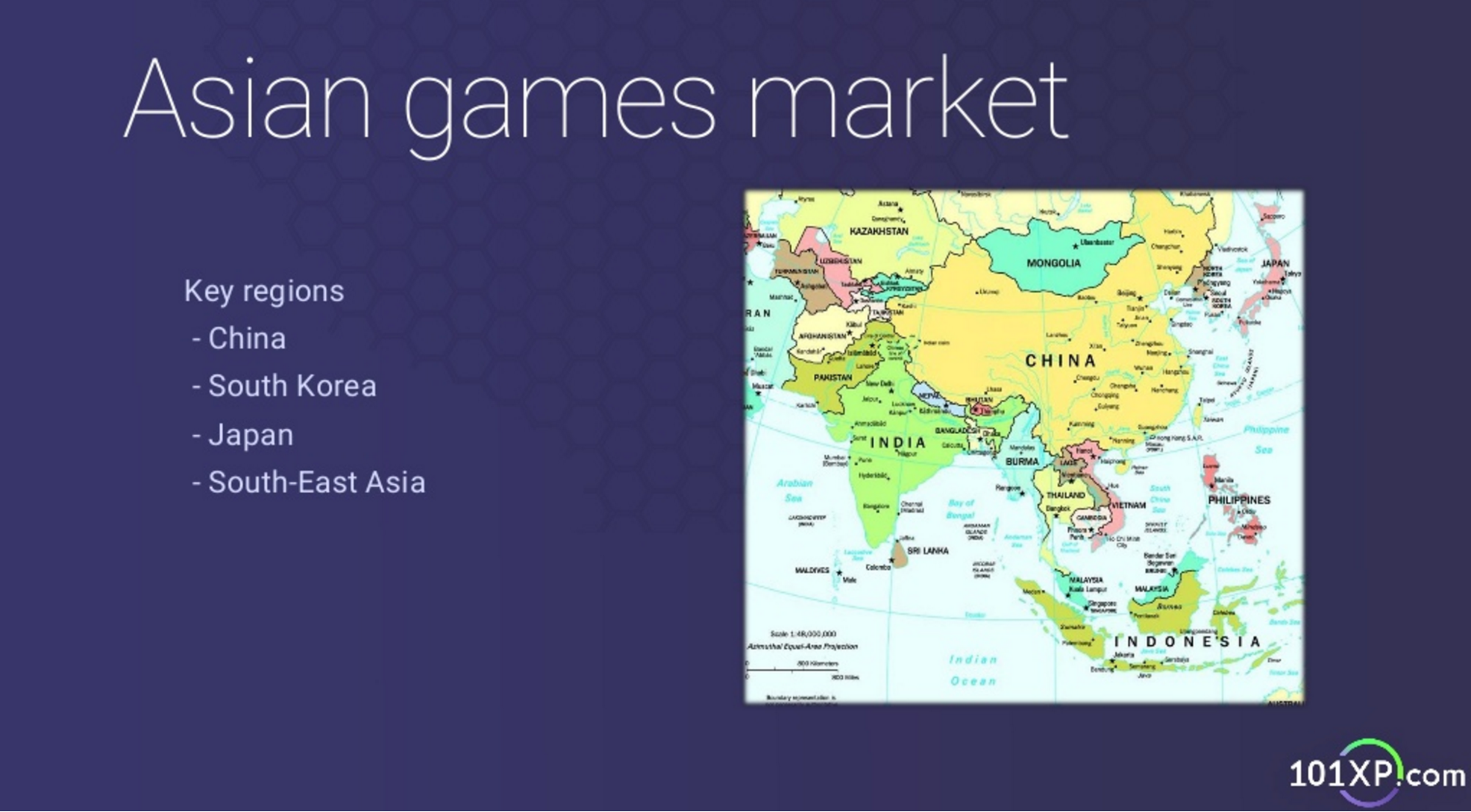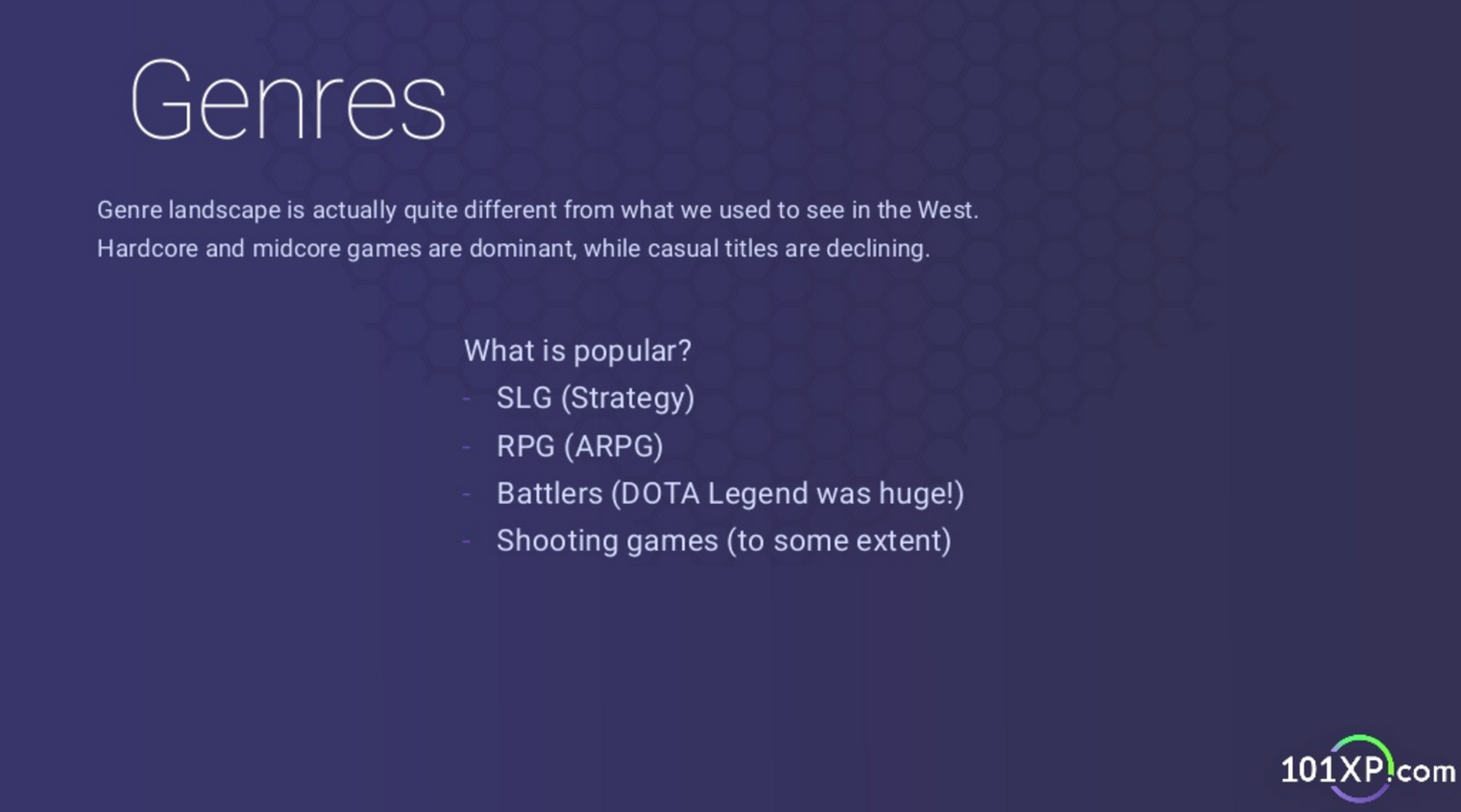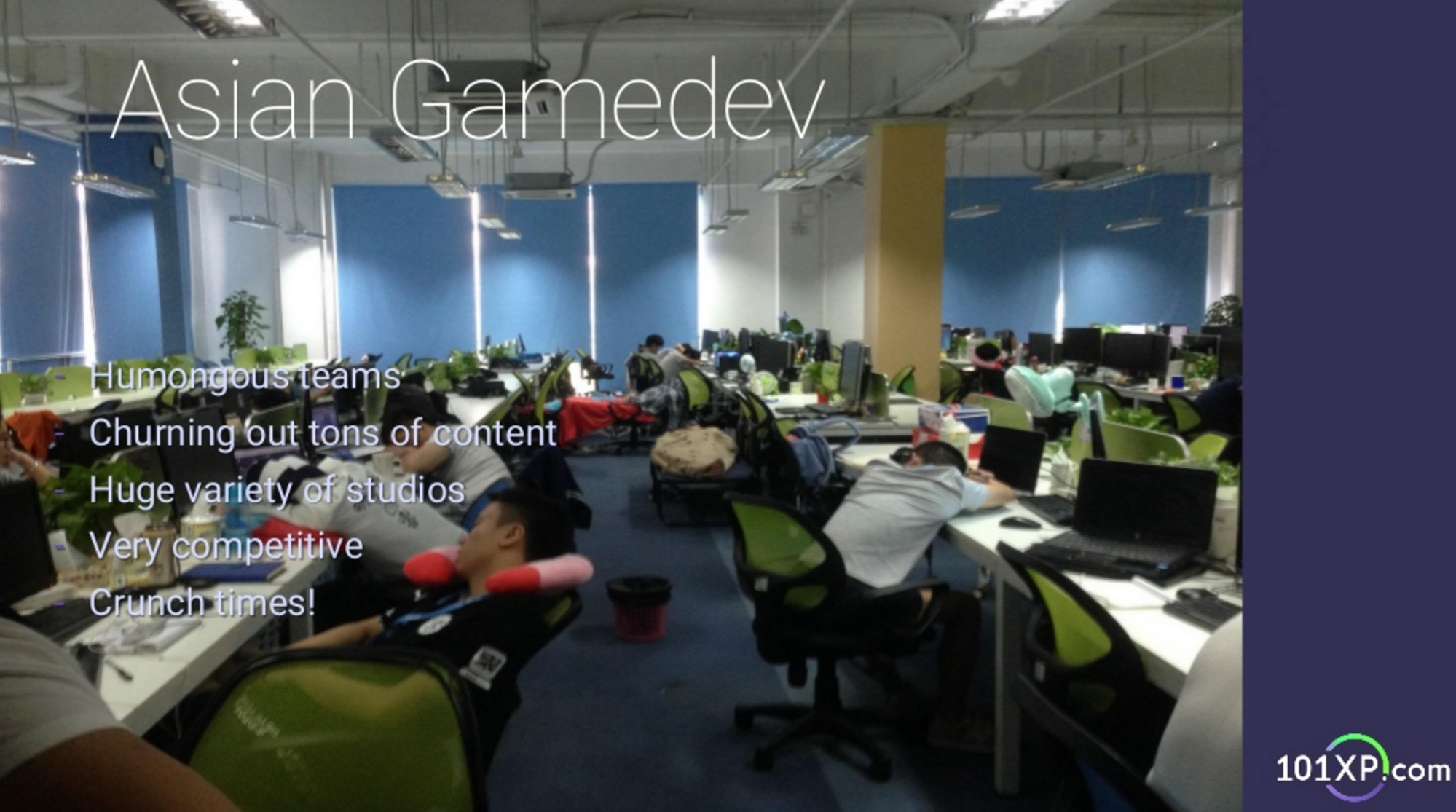Mobio Talks within the framework of White Nights Moscow 2016, which took place on October 11-12, took several interviews with the speakers of the conference. Today we are publishing a conversation between Maxim Anisimov, Business Development Manager at Mobio, and Ilya Salamatov, Business Development Director at 101XP.

The Asian market is gigantic. This year, the gaming app market in China alone will be above $11 billion, and this is the highest figure in the world. If you count all of Asia — China, Japan, South Korea and the entire Southeast Asian region – this is a big chunk of the global gaming market.

What genres of games are the most popular for entering the Asian region?
It’s not about any particular genre, but about the quality of the product. If you have a top project on your hands that performs well in other markets, someone from Asian publishers may be interested. The product can be both a casual game — what Playrix does, and a hardcore game, the main thing is how the project shows itself.
To interest Asian partners, you need to make a game in a trending genre. For example, in Asia, the genre of action role—playing game is very popular now. If you look at the Chinese box office top (Top Grossing), then half of the projects will be in this genre, the same in South Korea. It’s a little different in Japan. It’s about mobile projects. If we talk about the Asian market as a whole, it can be browser projects, it can be client downloadable projects for PC. Naturally, I’m only talking about fritupley games right now. Frituplay is the dominant monetization model in Asia.

If we talk about monetization, do Asian applications have specific features?
First of all, Asians are distinguished by a thorough approach to various promotions and promos in games. Most likely, we will not find such a variety of promos and promotions in games from Western developers. We are talking about events that take place daily or weekly and are timed to any holidays. This is what concerns in-game monetization events.
Another characteristic moment is that Chinese players like to show what kind of VIP users they are, brag that they can throw $ 10 thousand into the game, and all other players will see it. In the States, the situation is absolutely the opposite — on the contrary, players prefer to hide how much they spend in games, despite the fact that they also pay great, they can deposit the same money, but at the same time prefer that no one knows.
Tell us about the features of game development in Asia.
First, the size of the teams. What we consider to be a medium—sized team – for example, 30, 40, 50 people – will be a small team in Asia. And the average team is 300-400 people in the studio. Large studios number thousands of people and there are many of them. The industry itself is gigantic — it consumes a lot of content: large teams are needed to produce it. A completely familiar picture: if you go into a Chinese studio, there is a huge open space, and so on six floors. The level of professionalism has grown very much in terms of the quality that is familiar in our understanding, how to make a good and competent game design so that games earn, they have long learned.

A few words about pirate stores in Asia.
Oddly enough, but many Asians are not at all shy about using jailbroken smartphones, and there are really big stores — even officially alternative ones. If they are combined, then they will look solid against the background of official stores in terms of revenue.
What trends are expected in the Asian region?
Everything will grow, including mobile. There is high competition in this market, and large investments are poured into it.
What are the features of working in the Korean market?
Firstly, there are a large number of very strong local players – these are all companies that were founded 20-25 years ago, and they grew together with the market. They have reached a large size at the moment — they are really monsters, where 1000 people work in each of the companies. Historically, the Korean market has specialized in the development of PC client projects — these are well—known projects like Lineage 2, Crossfire – a wildly popular first-person shooter in China that earns $1 million annually.
But there has been an explosive growth of mobile platforms. Some companies have been able to connect, some have not, or new strong players have emerged – such as Netmarble, a company that currently dominates the Korean market, while partially owned by Tencent. And I sometimes get the feeling that Tencent has stakes in any successful gaming company in the world.
Korean development, even by position, is very concentrated within itself — the offices of large corporations are located next to each other. They did the right thing — they built the buildings themselves, thus investing in real estate, and real estate is an excellent investment. In this regard, they diversified and tried to reduce risks.
The penetration of Chinese projects into Korea is clearly visible. Koreans know how to develop games that can earn millions on the Korean market, but they feel difficult when they enter Western markets. The Chinese are developing such projects that earn money in China, Korea, Japan, and globally as well.
Is it easy to adapt the game for the Asian market, do you need to change something?
The Asian publisher will present a list of requirements for changes to the project. The best thing is to obey and do everything that is required. Gaming habits are noticeably different among Asian players compared to European ones: they consume content faster, play very hardcore. For games in Asia, more content is needed so that the game performs well and stays in the top for a long time.
